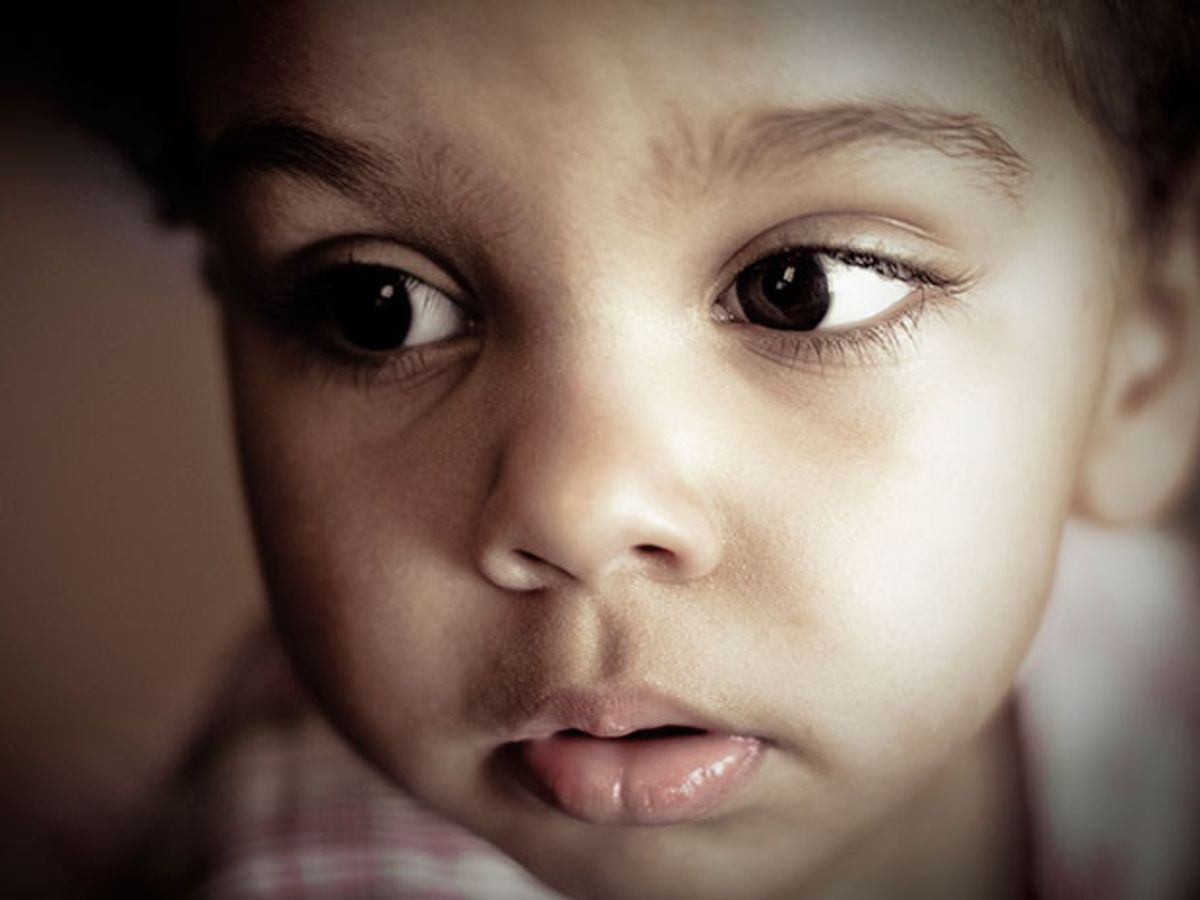Twenty-two years ago, researchers first reported that adolescents with autism spectrum disorder had increased brain volume. During the intervening years, studies of younger and younger children showed that this brain “overgrowth” occurs in childhood.
Now, a team at the University of North Carolina, Chapel Hill, has detected brain growth changes linked to autism in children as young as 6 months old. And it piqued our interest because a deep-learning algorithm was able to use that data to predict whether a child at high-risk of autism would be diagnosed with the disorder at 24 months.
The algorithm correctly predicted the eventual diagnosis in high-risk children with 81 percent accuracy and 88 percent sensitivity. That’s pretty damn good compared with behavioral questionnaires, which yield information that leads to early autism diagnoses (at around 12 months old) that are just 50 percent accurate.
“This is outperforming those kinds of measures, and doing it at a younger age,” says senior author Heather Hazlett, a psychologist and brain development researcher at UNC.
As part of the Infant Brain Imaging Study, a U.S. National Institues of Health–funded study of early brain development in autism, the research team enrolled 106 infants with an older sibling who had been given an autism diagnosis, and 42 infants with no family history of autism. They scanned each child’s brain—no easy feat with an infant—at 6-, 12-, and 24 months.
The researchers saw no change in any of the babies’ overall brain growth between 6- and 12-month mark. But there was a significant increase in the brain surface area of the high-risk children who were later diagnosed with autism. That increase in surface area was linked to brain volume growth that occurred between ages 12 and 24 months. In other words, in autism, the developing brain first appears to expand in surface area by 12 months, then in overall volume by 24 months.
The team also performed behavioral evaluations on the children at 24 months, when they were old enough to begin to exhibit the hallmark behaviors of autism, such as lack of social interest, delayed language, and repetitive body movements. The researchers note that the greater the brain overgrowth, the more severe a child’s autistic symptoms tended to be.
Though the new findings confirmed that brain changes associated with autism occur very early in life, the researchers did not stop there. In collaboration with computer scientists at UNC and the College of Charleston, the team built an algorithm, trained it with the brain scans, and tested whether it could use these early brain changes to predict which children would later be diagnosed with autism.
It worked well. Using just three variables—brain surface area, brain volume, and gender (boys are more likely to have autism than girls)—the algorithm identified up eight out of 10 kids with autism. “That’s pretty good, and a lot better than some behavioral tools,” says Hazlett.
To train the algorithm, the team initially used half the data for training and the other half for testing—“the cleanest possible analysis,” according to team member Martin Styner, co-director of the Neuro Image Analysis and Research Lab at UNC. But at the request of reviewers, they subsequently performed a more standard 10-fold analysis, in which data is subdivided into 10 equal parts. Machine learning is then done 10 times, each time with 9 folds used for training and the 10th saved for testing. In the end, the final program gathers together the “testing only” results from all 10 rounds to use in its predictions.
Happily, the two types of analyses—the initial 50/50 and the final 10-fold—showed virtually the same results, says Styner. And the team was pleased with the prediction accuracy. “We do expect roughly the same prediction accuracy when more subjects are added,” said co-author Brent Munsell, an assistant professor at College of Charleston, in an email to IEEE. “In general, over the last several years, deep learning approached that have been applied to image data have proved to be very accurate,” says Munsell.
But, like our other recent stories on AI out-performing medical professionals, the results need to be replicated before we’ll see a computer-detected biomarker for autism. That will take some time, because it is difficult and expensive to get brain scans of young children for replication tests, emphasizes Hazlett.
And such an expensive diagnostic test will not necessarily be appropriate for all kids, she adds. “It’s not something I can imagine being clinically useful for every baby being born.” But if a child were found to have some risk for autism through a genetic test or other marker, imaging could help identify brain changes that put them at greater risk, she notes.
Megan is an award-winning freelance journalist based in Boston, Massachusetts, specializing in the life sciences and biotechnology. She was previously a health columnist for the Boston Globe and has contributed to Newsweek, Scientific American, and Nature, among others. She is the co-author of a college biology textbook, “Biology Now,” published by W.W. Norton. Megan received an M.S. from the Graduate Program in Science Writing at the Massachusetts Institute of Technology, a B.A. at Boston College, and worked as an educator at the Museum of Science, Boston.



